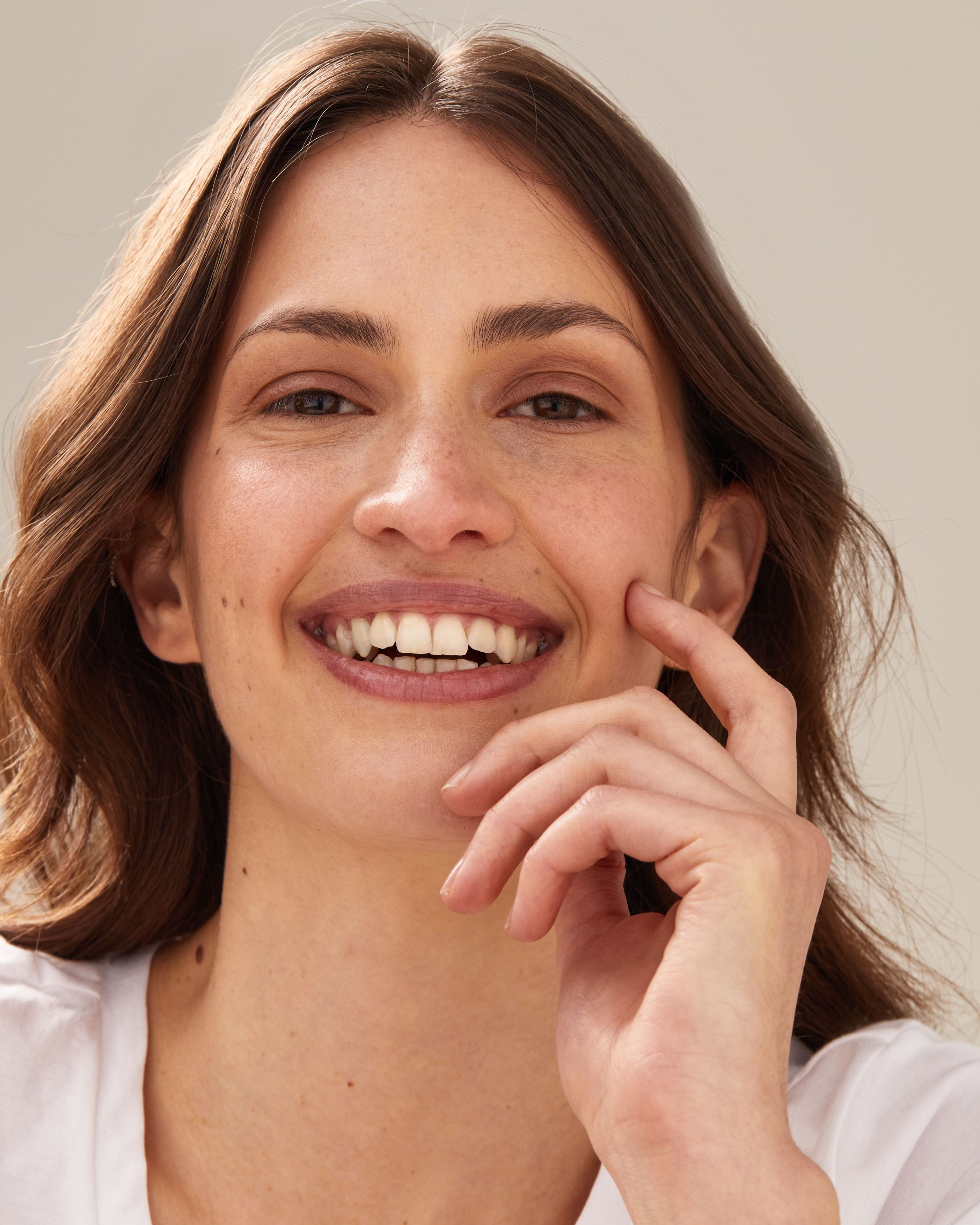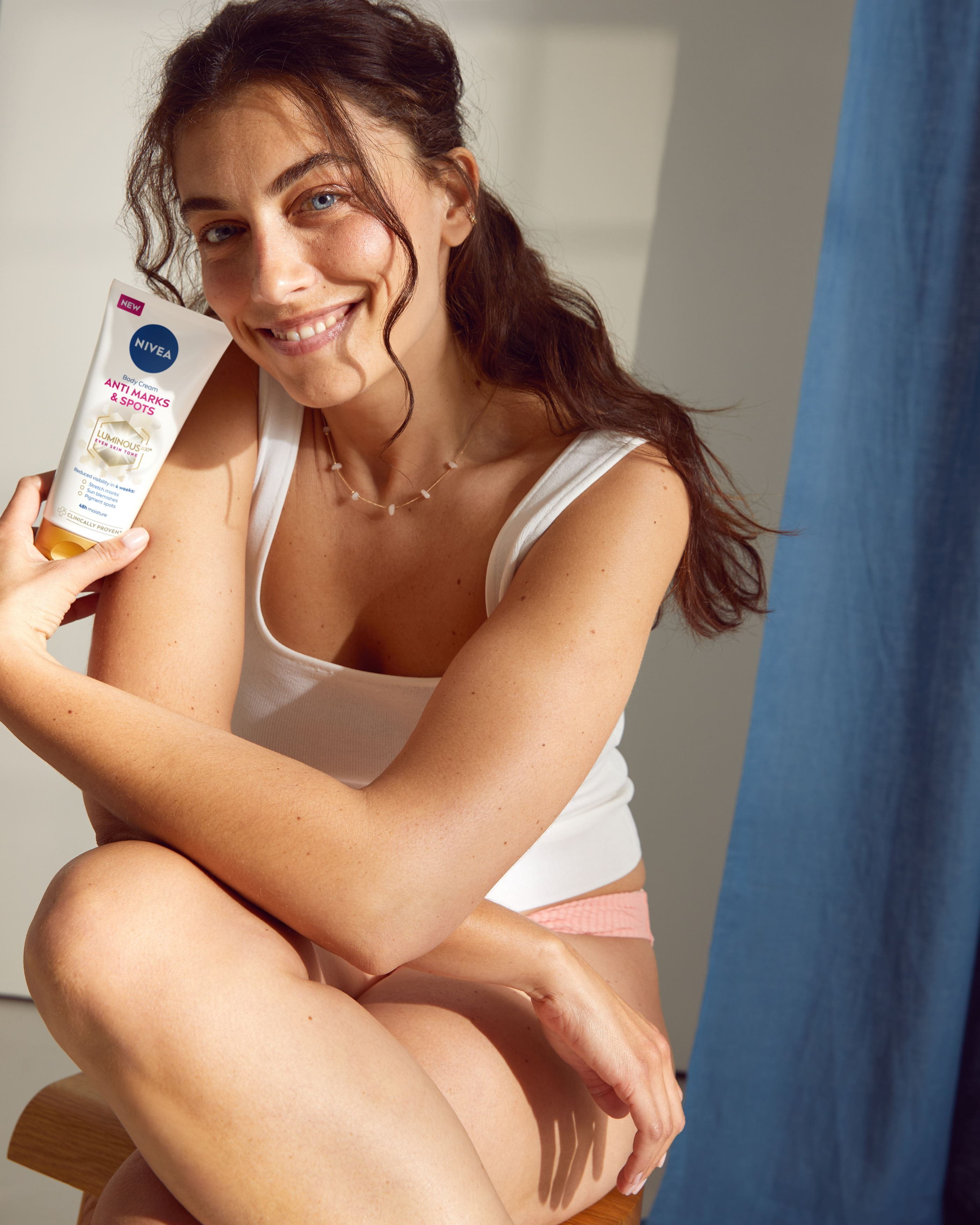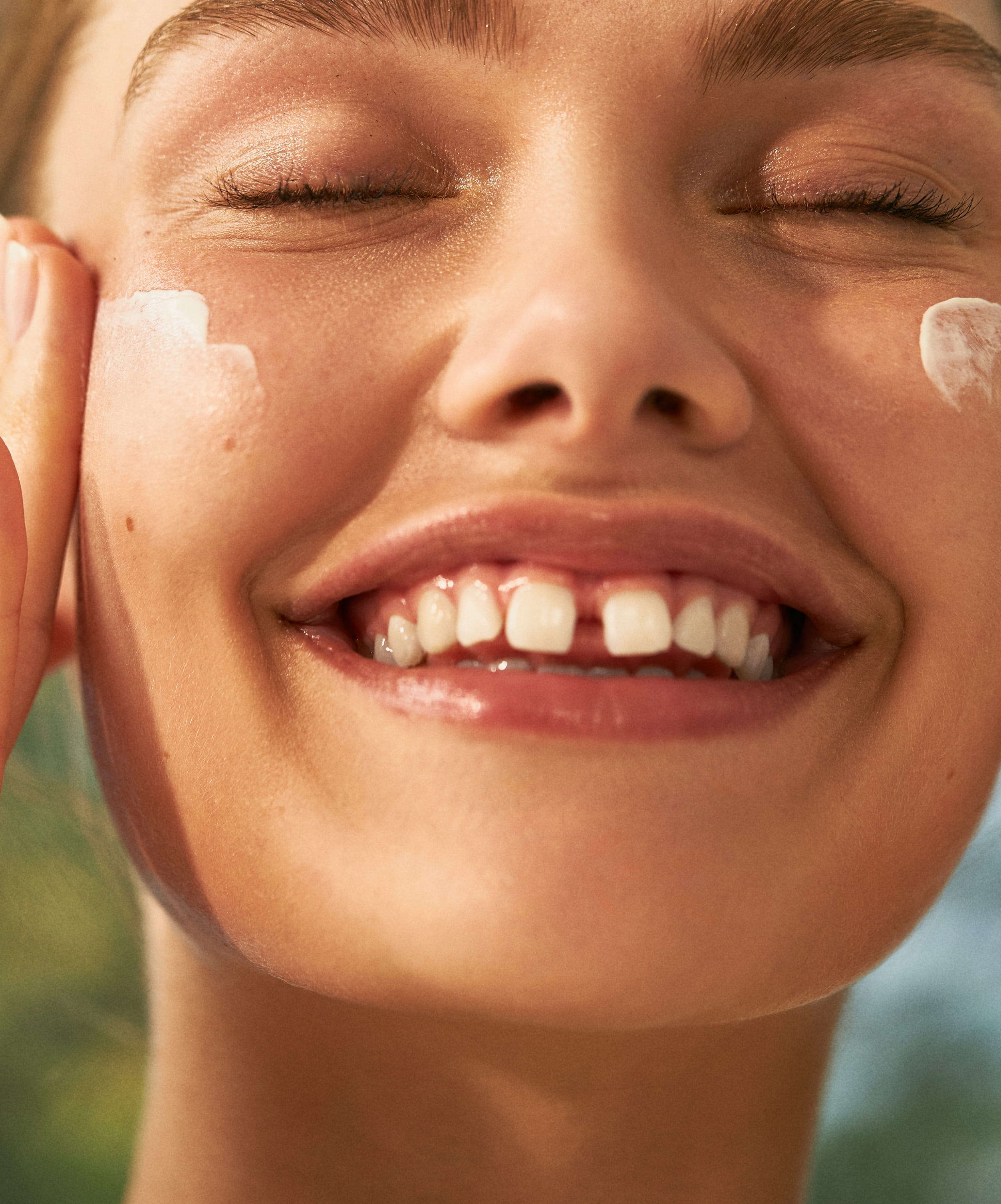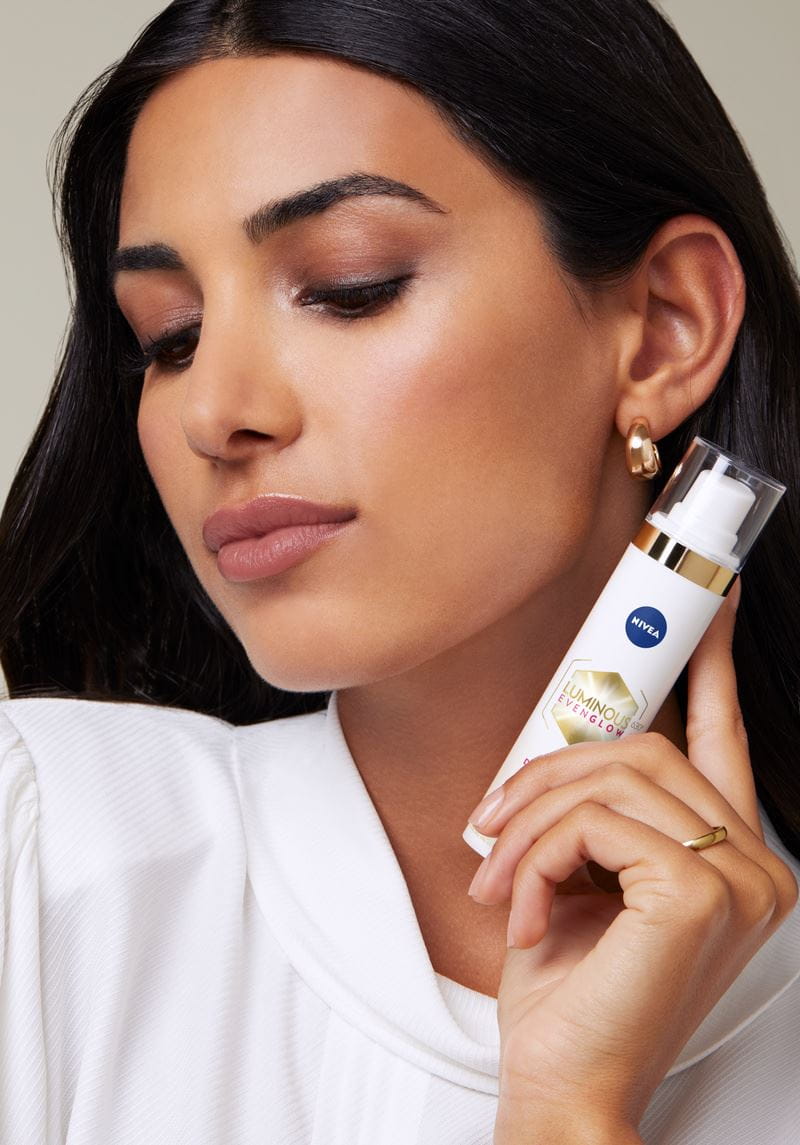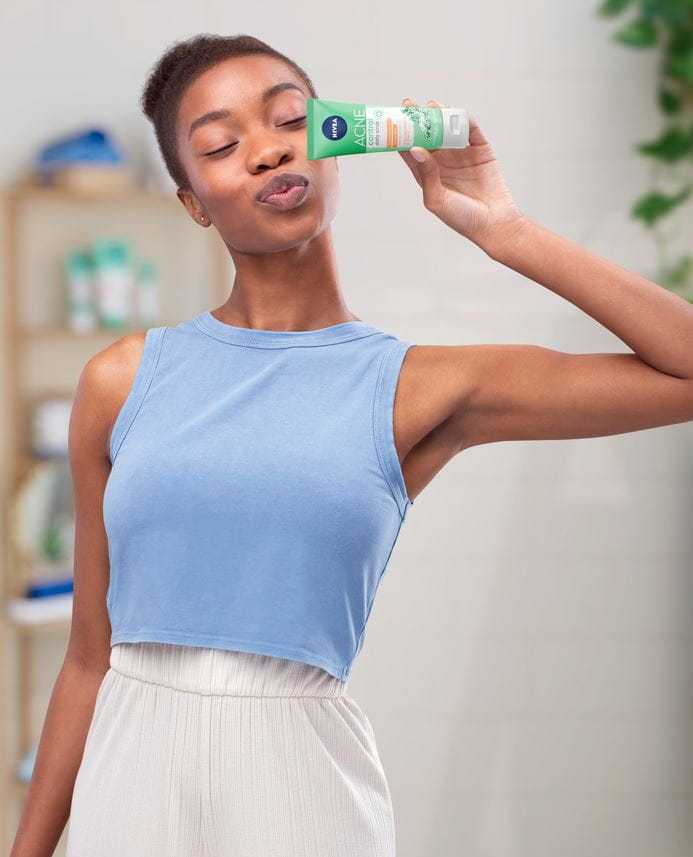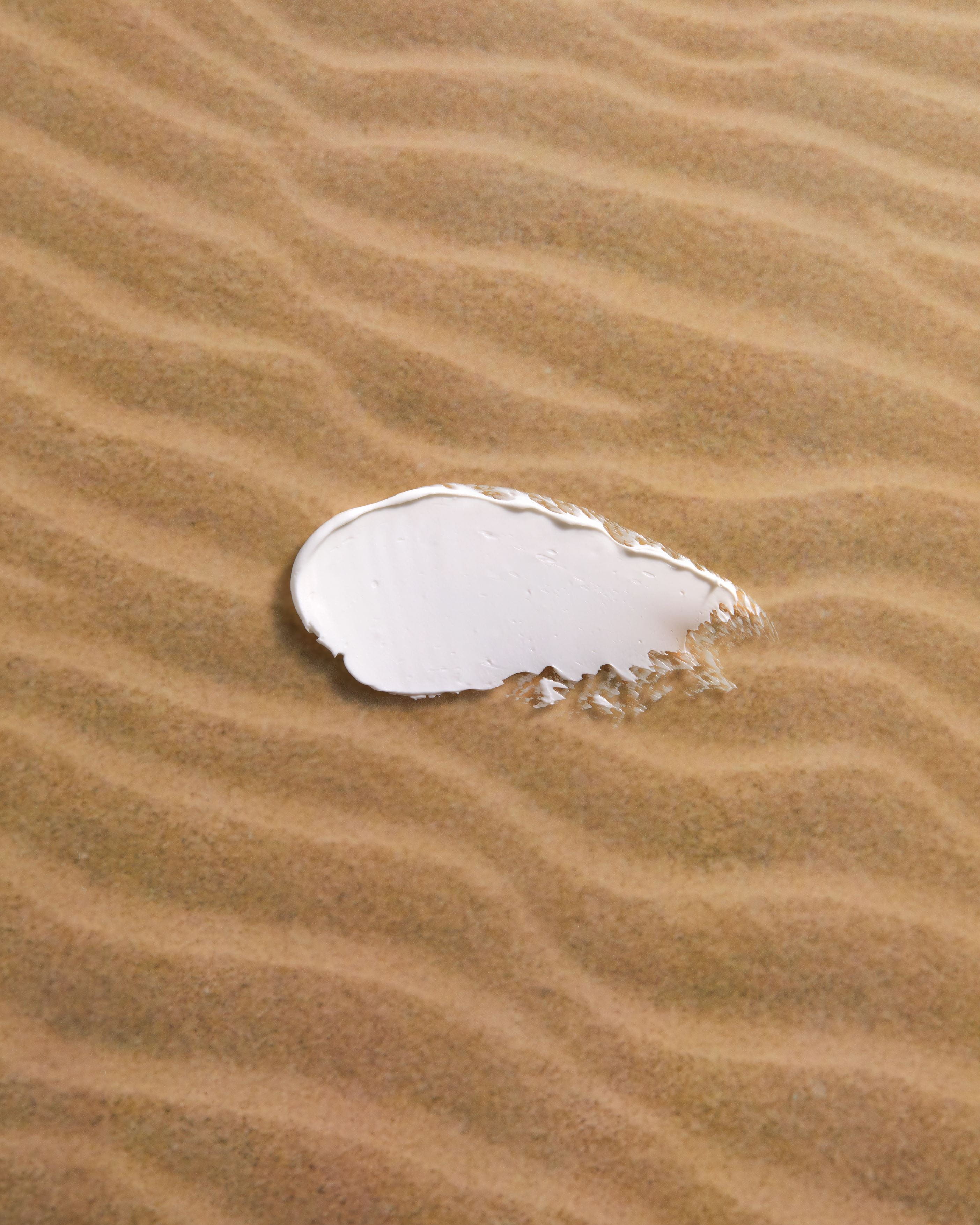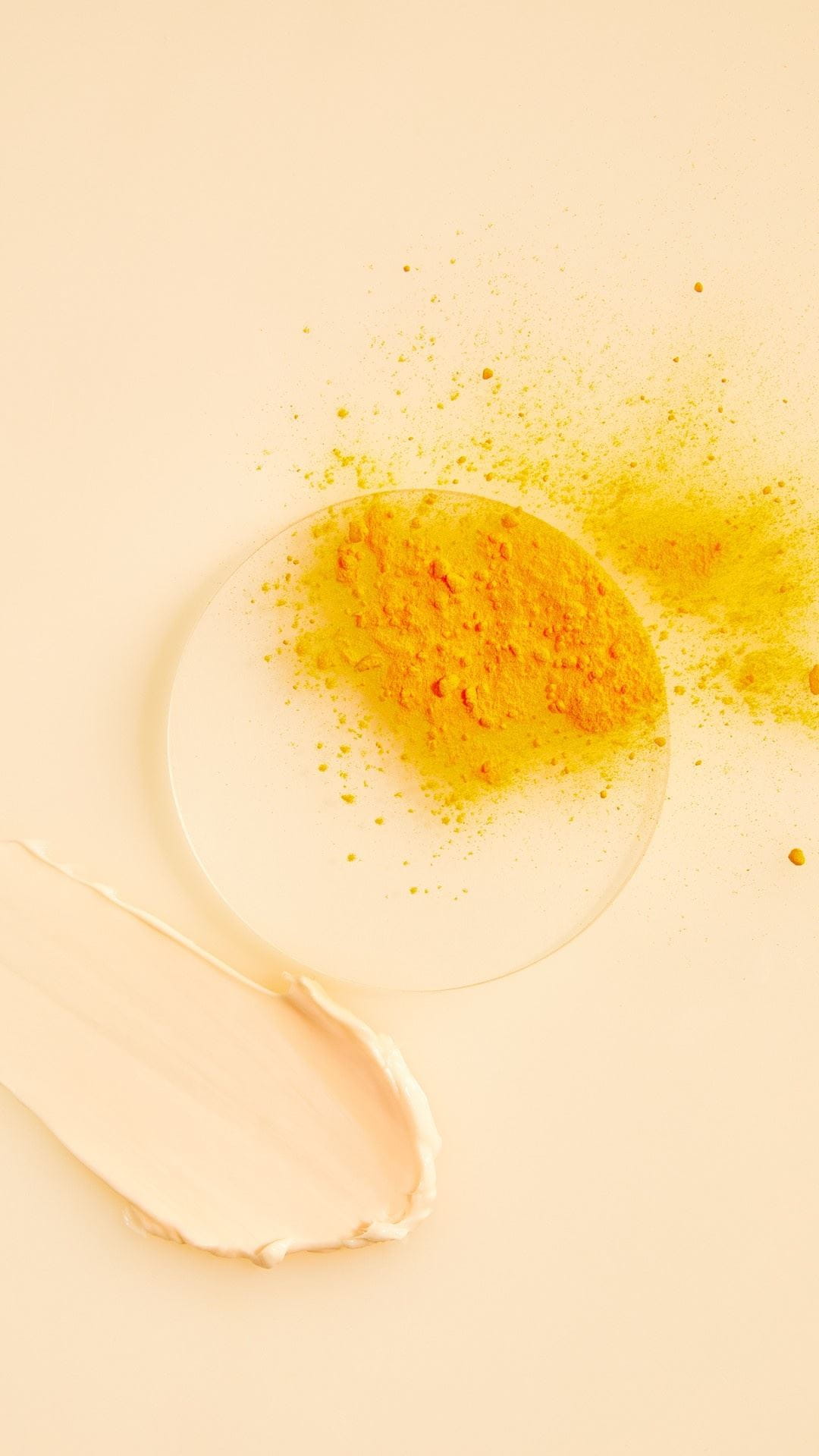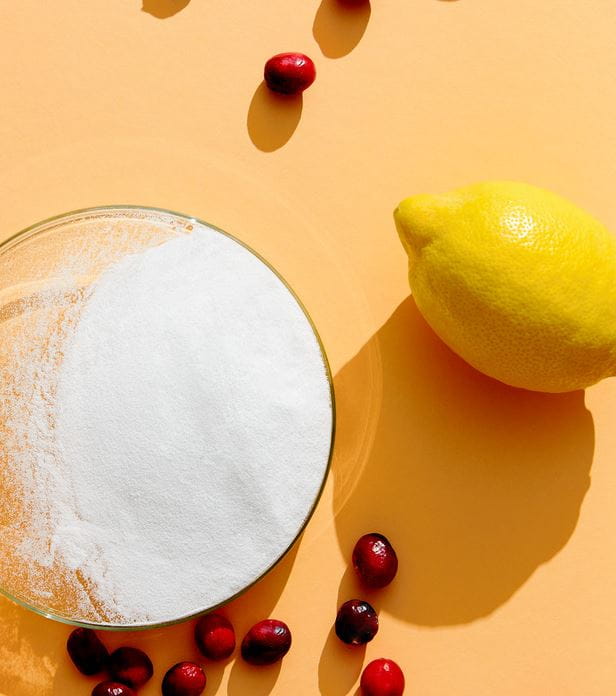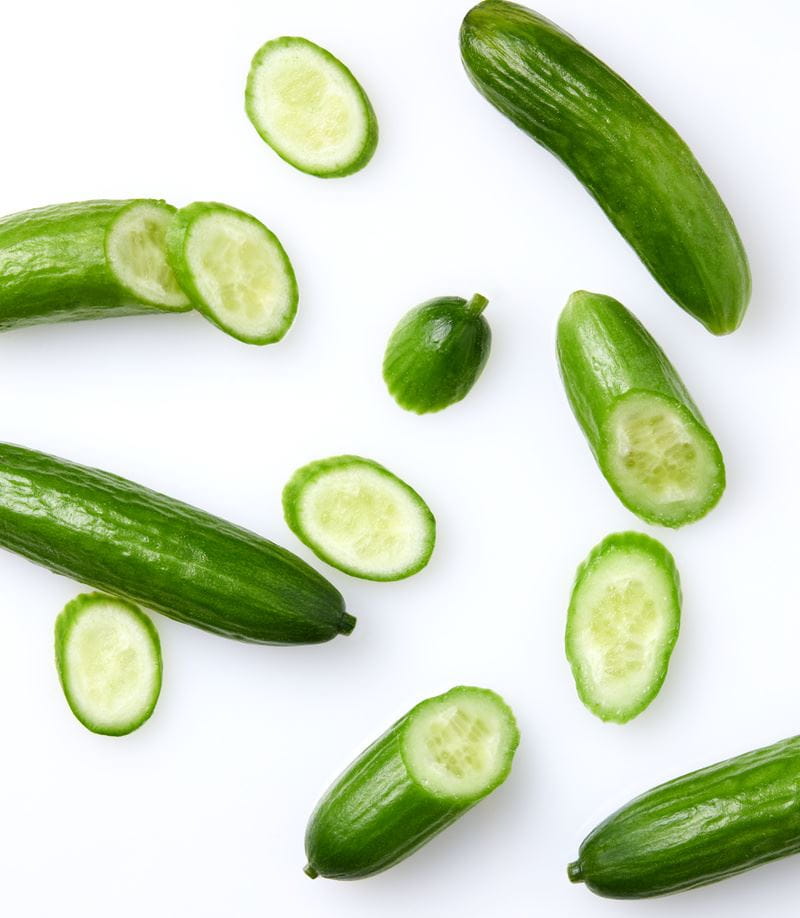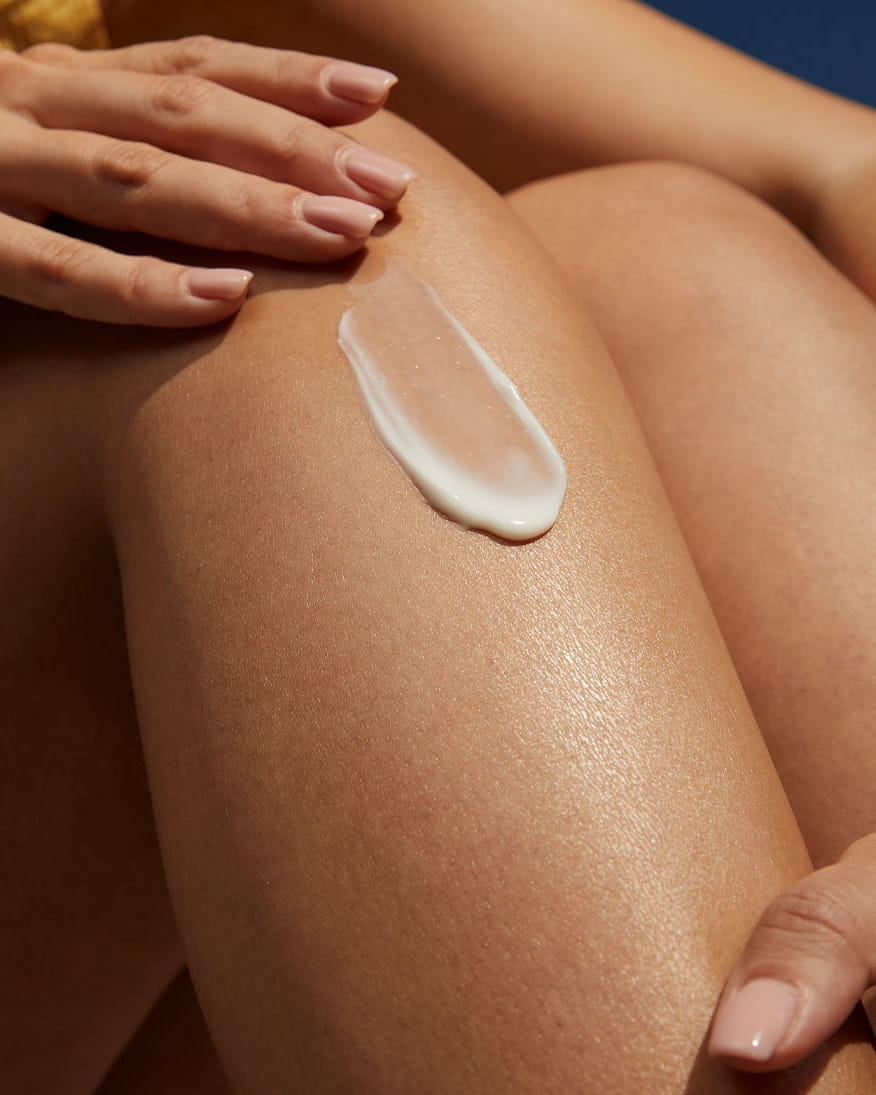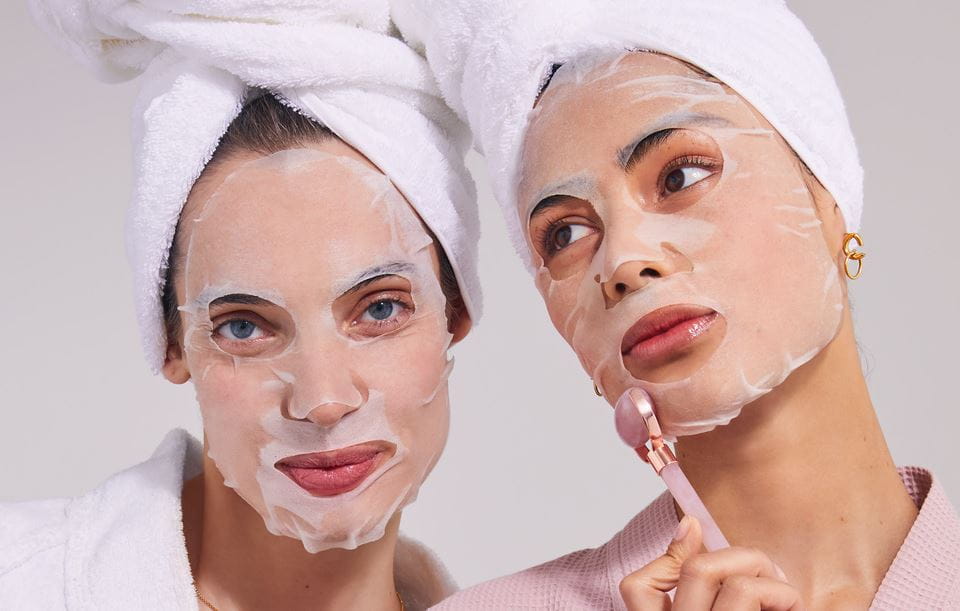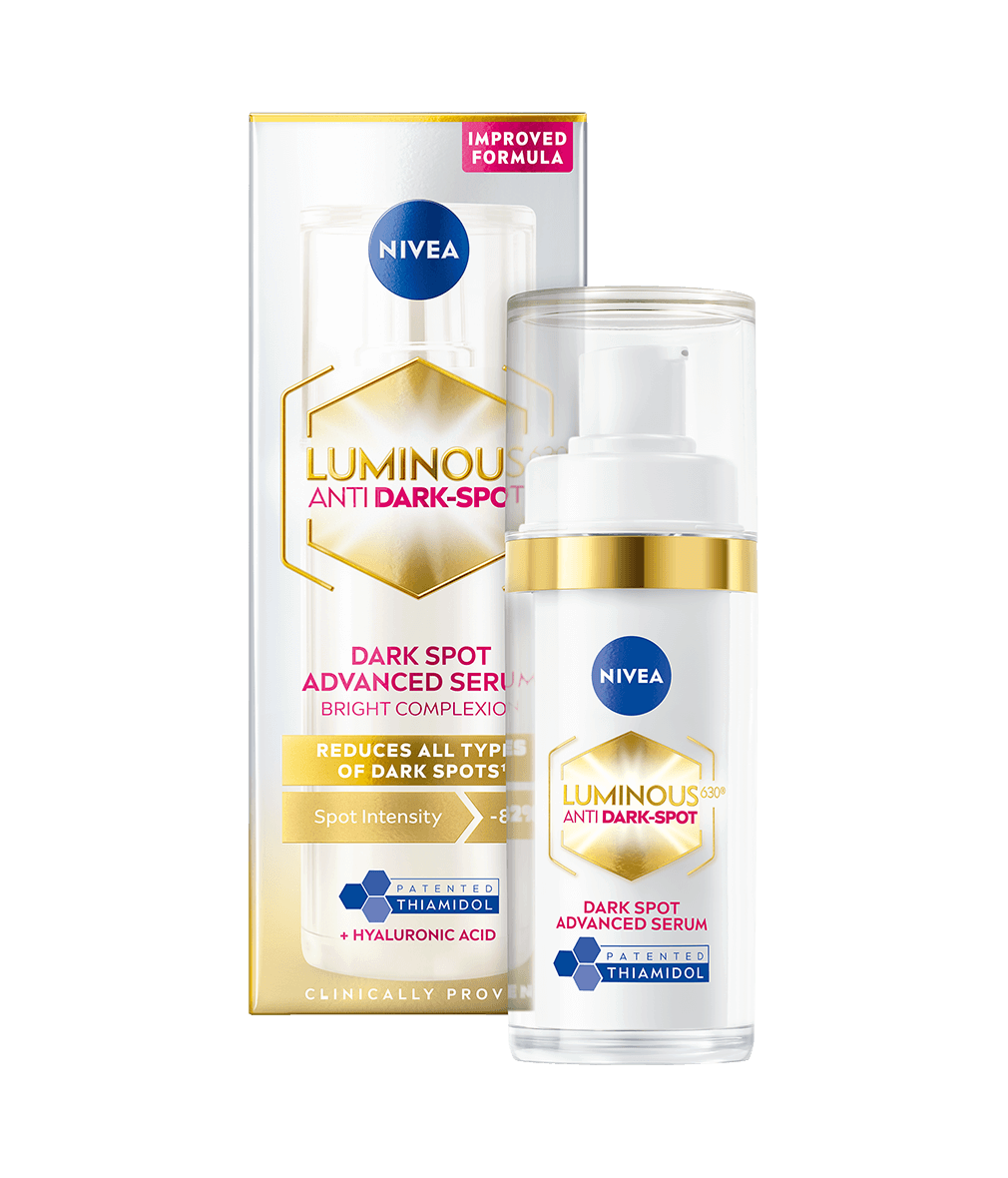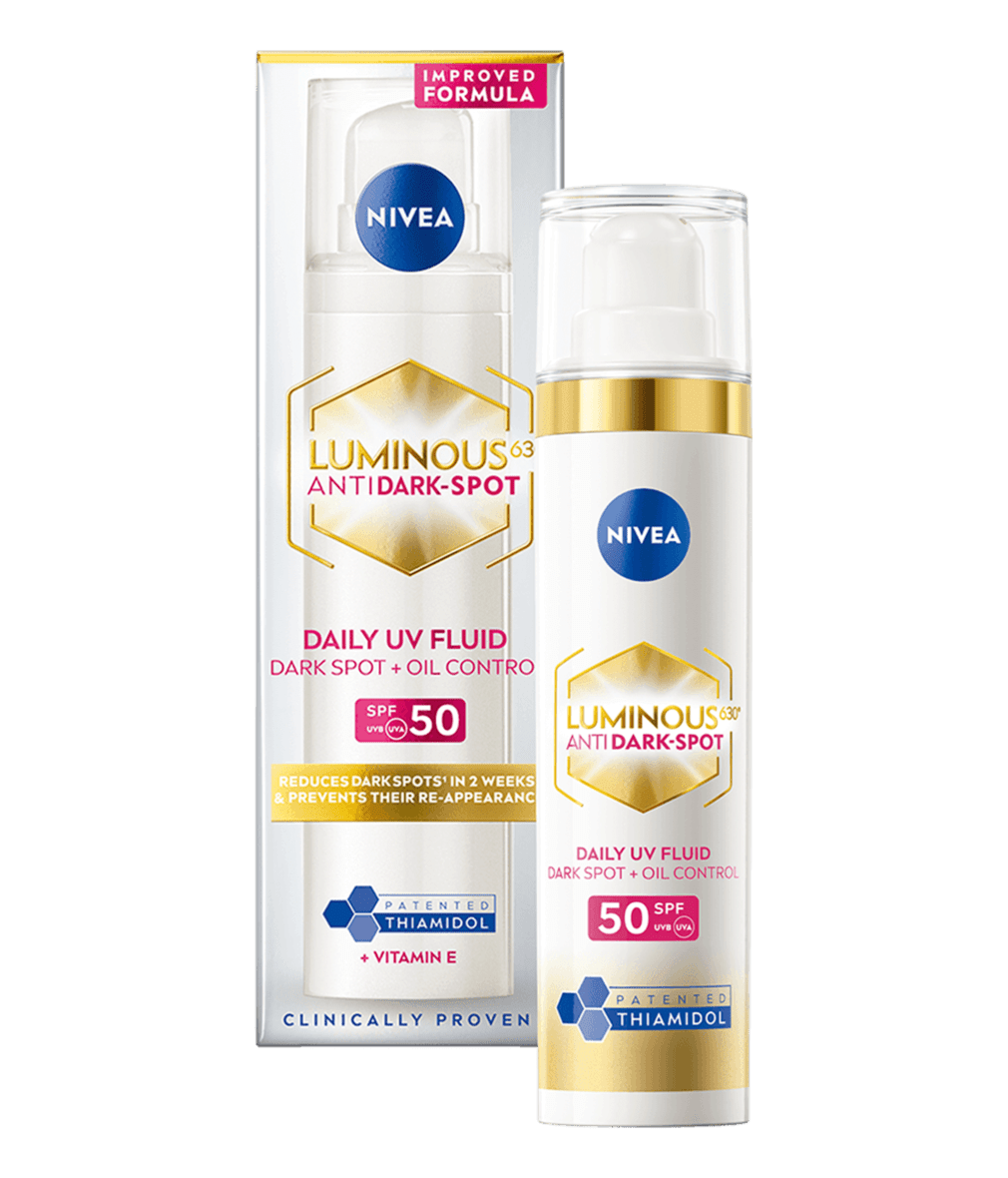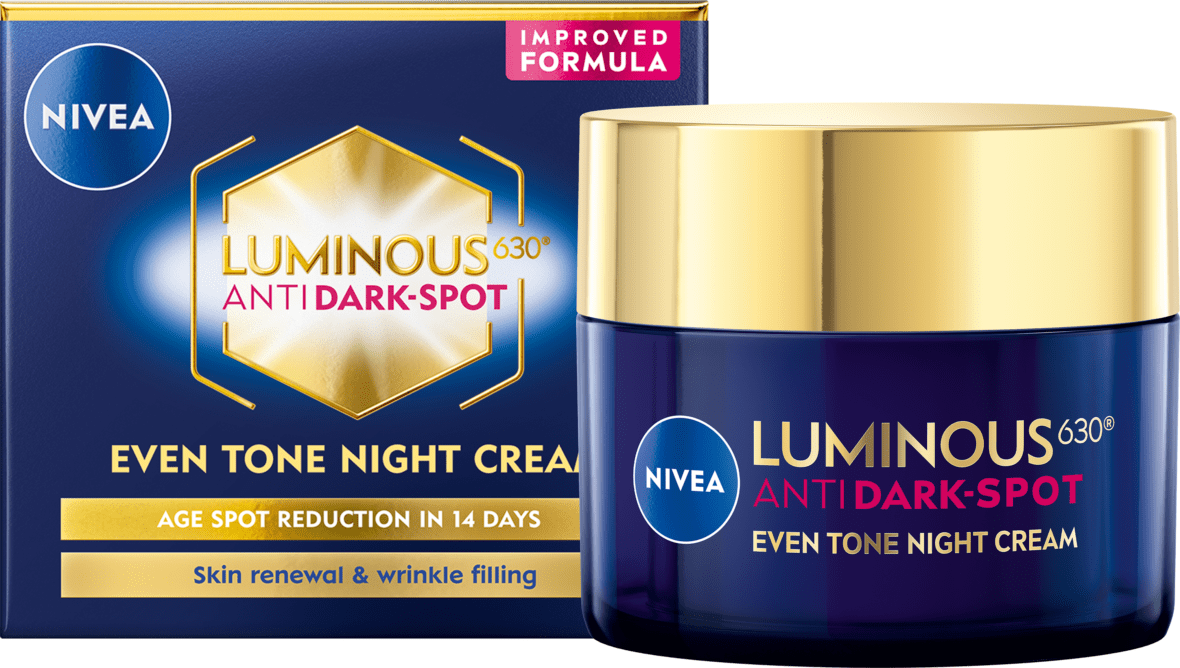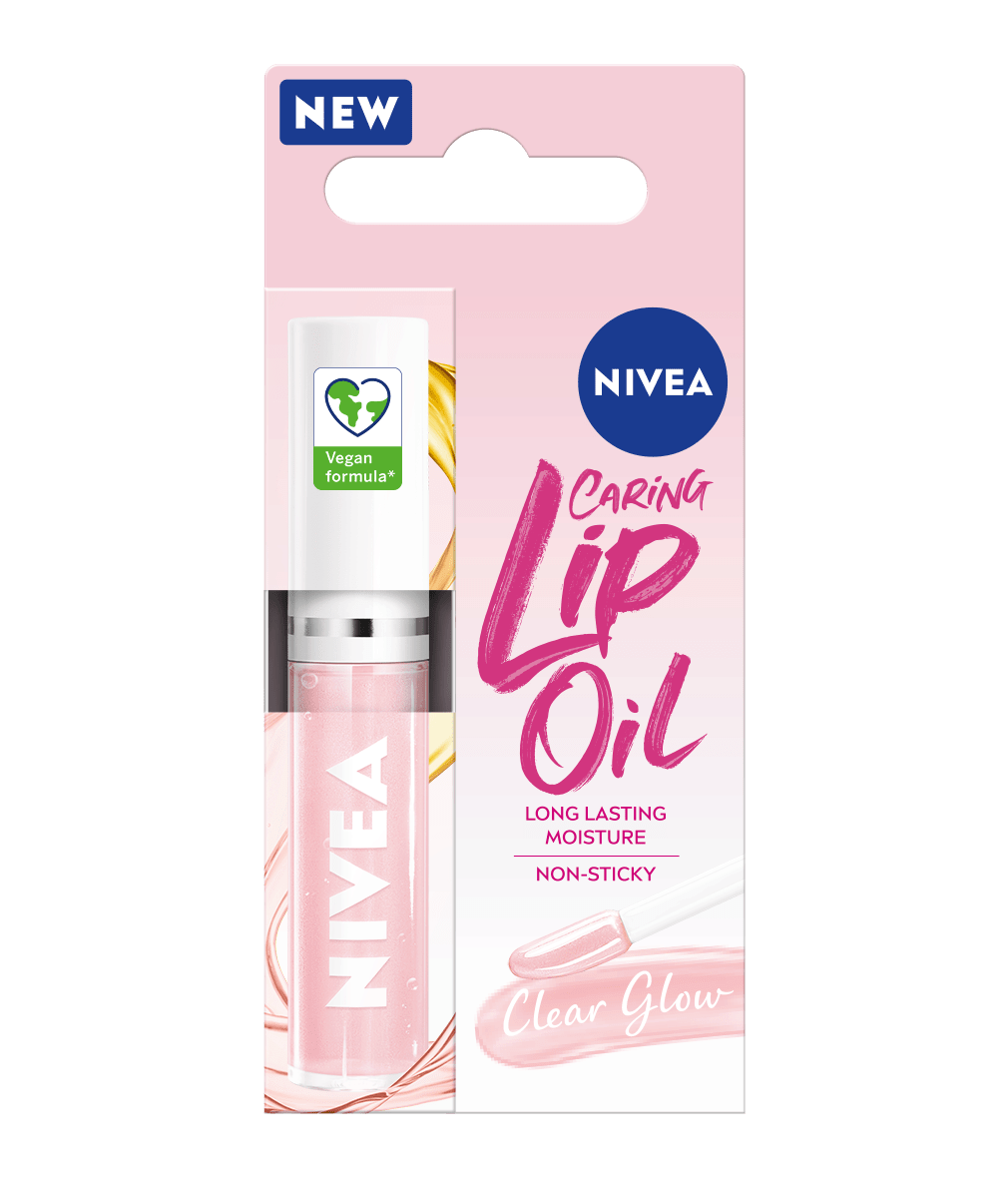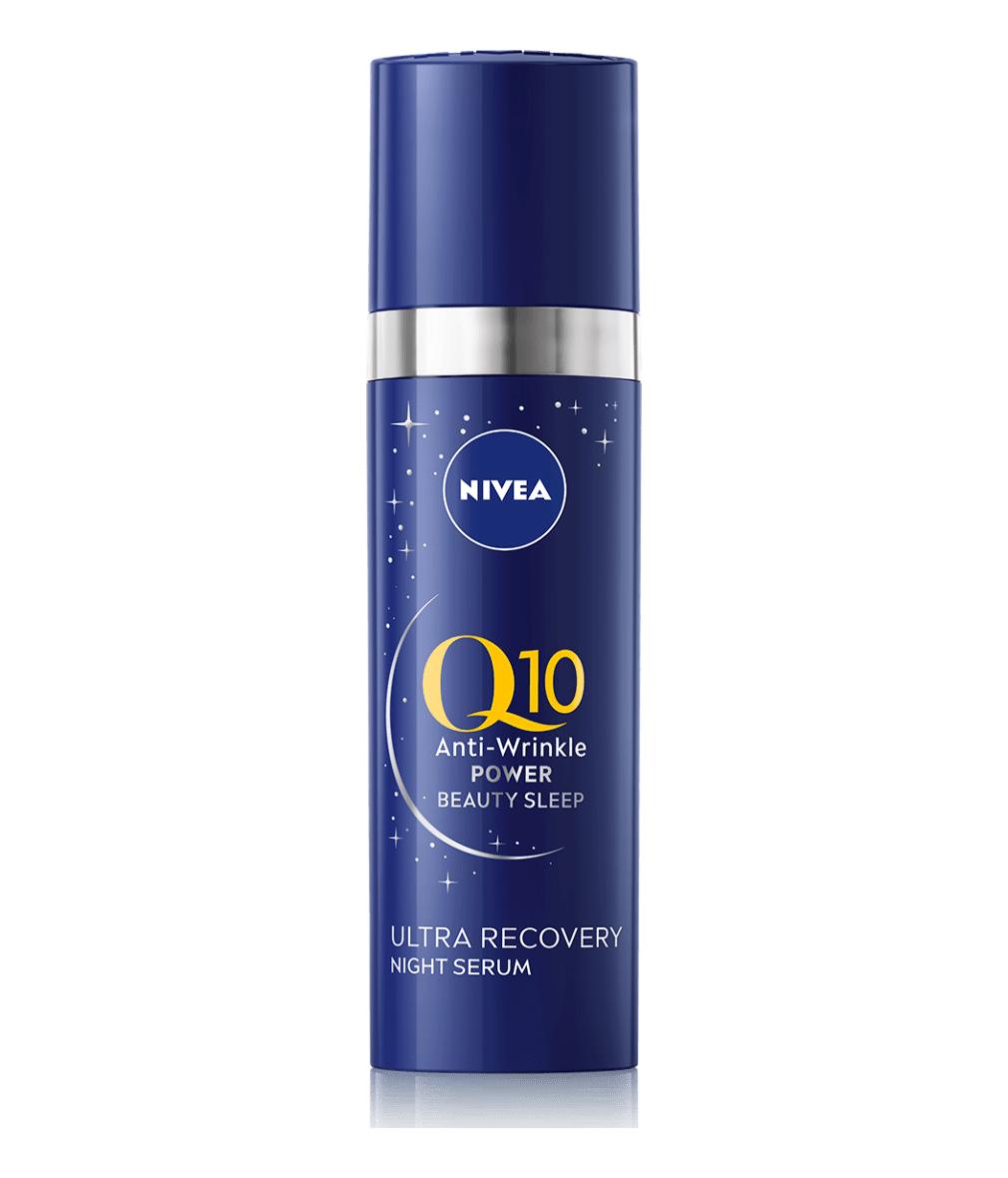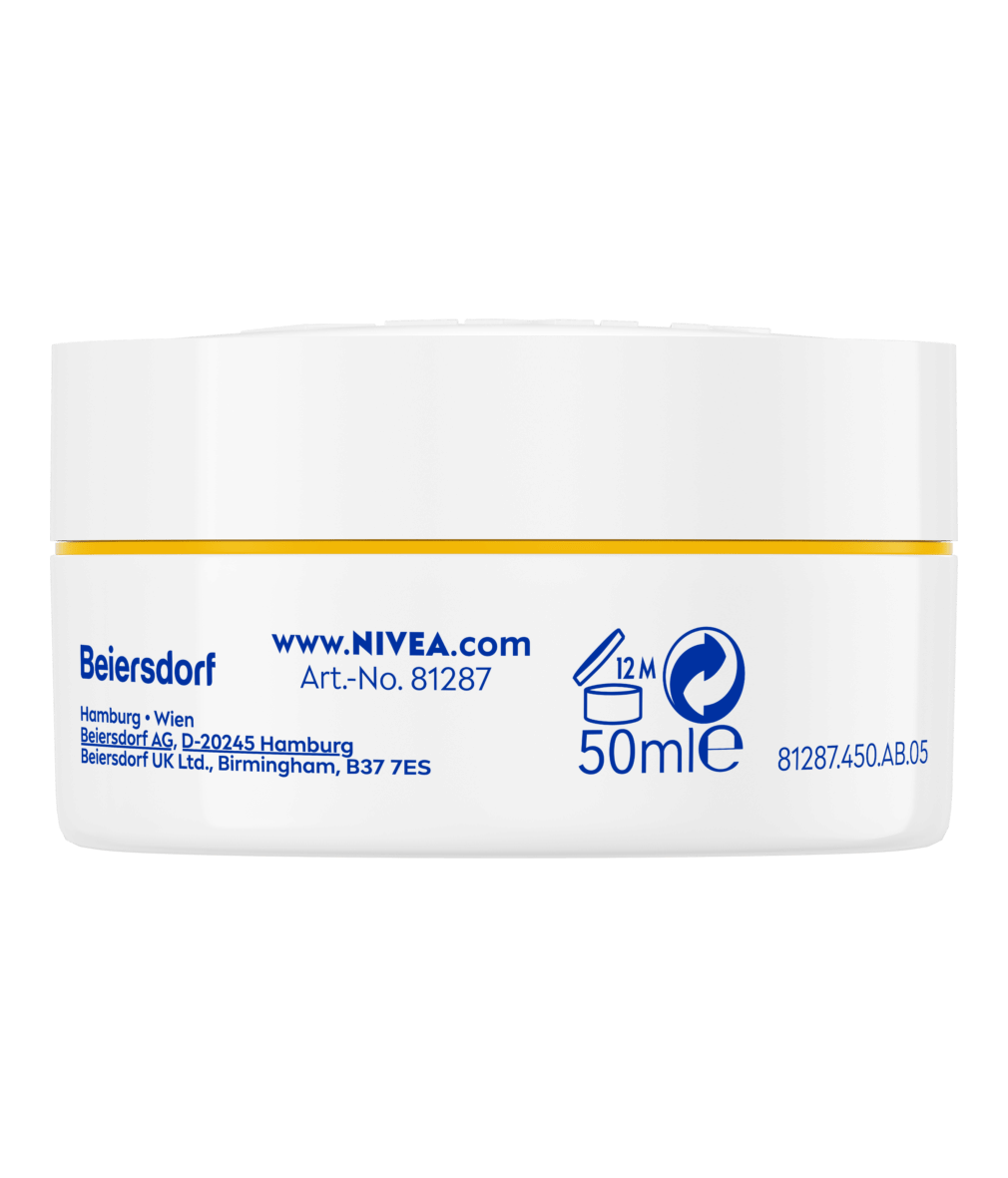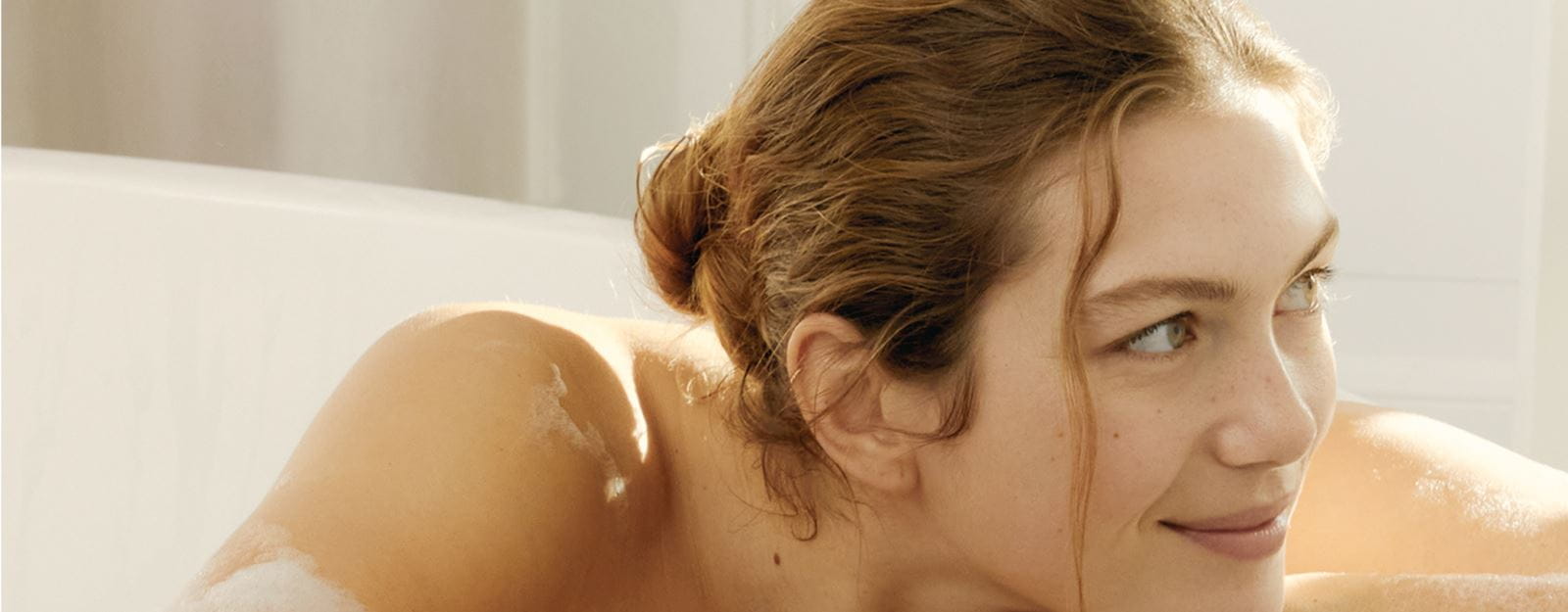
Skin pigmentation
Everything you need to know about skin pigmentation
What is skin pigmentation?
Skin pigmentation, or dark spots, can be frustrating. Especially skin pigmentation on face. Read on to find out what skin pigmentation spots are, and how to get rid of pigmentation. We’ll also dive into some of the most common causes of pigmentation on face, and what creams, cosmetics, and solutions NIVEA has to help.
What is pigmentation?
What are skin pigmentation spots?
Melanin is the pigment responsible for giving your skin its colour. Skin pigmentation happens when your skin produces more melanin than normal. The excess pigment gives the affected area a darker look than the skin around it leading to uneven pigmentation – otherwise known as hyperpigmentation.
Uneven skin tone or colour – known as pigmentation or hyperpigmentation – is a common skin condition in which dark spots (often called sun or age spots) or larger dark patches appear on the skin. It can often appear in areas that are exposed regularly to the sun, resulting in skin pigmentation on face, hands, and arms. It can appear in smaller patches, cover larger areas, or even the entire body. Hyperpigmentation can affect men and women of all ages and all skin colours.
Uneven skin tone or colour – known as pigmentation or hyperpigmentation – is a common skin condition in which dark spots (often called sun or age spots) or larger dark patches appear on the skin. It can often appear in areas that are exposed regularly to the sun, resulting in skin pigmentation on face, hands, and arms. It can appear in smaller patches, cover larger areas, or even the entire body. Hyperpigmentation can affect men and women of all ages and all skin colours.
What causes different types of skin pigmentation?
What is pigmentation and why does it matter? Well, the way in which skin pigmentation spots appear on your body will have a lot to do with what causes it, your skin type and colour and other factors, including genetics. Later on, we’ll delve into how to get rid of pigmentation. Until then, Here are some examples of different types of skin pigmentation spots:
Pigmentation On Face, And Nivea Products To Help You Fight It
SKIN PIGMENTATION ON FACE CAUSED BY UV RAYS
The skin on your face and neck is extremely delicate. Plus, it’s usually the most exposed part of your body. That’s why most skin pigmentation on face and neck can actually be attributed to UV rays.
What helps fight against pigment spots?
Home remedies to remove pigment spots on the face
Ready to find out how to get rid of pigmentation? Looking for a good skin pigmentation treatment? We have some wonderful home remedies that you can try.
Professional treatments for facial discoloration
If you’re searching for how to get rid of pigmentation, there are also professional skin pigmentation treaments at cosmetic salons. Some of the most popular are microdermabrasion and targeted facial peels. But for those of us who aren’t aestheticians, what do these treatments really do?
NIVEA Luminous630 Cellular Anti-Dark Spot Face Treatment Serum
NIVEA Luminous630 Cellular Anti-Dark Spot Face Treatment Serum is a lightweight serum that acts on existing pigmentation while balancing new melanin production to prevent their reappearance for more even and luminous skin. Enriched with Hyaluronic Acid and NIVEA’s patented Thiamidol ingredient, this serum helps deeply hydrates the skin, leaving it smoother and more radiant.
